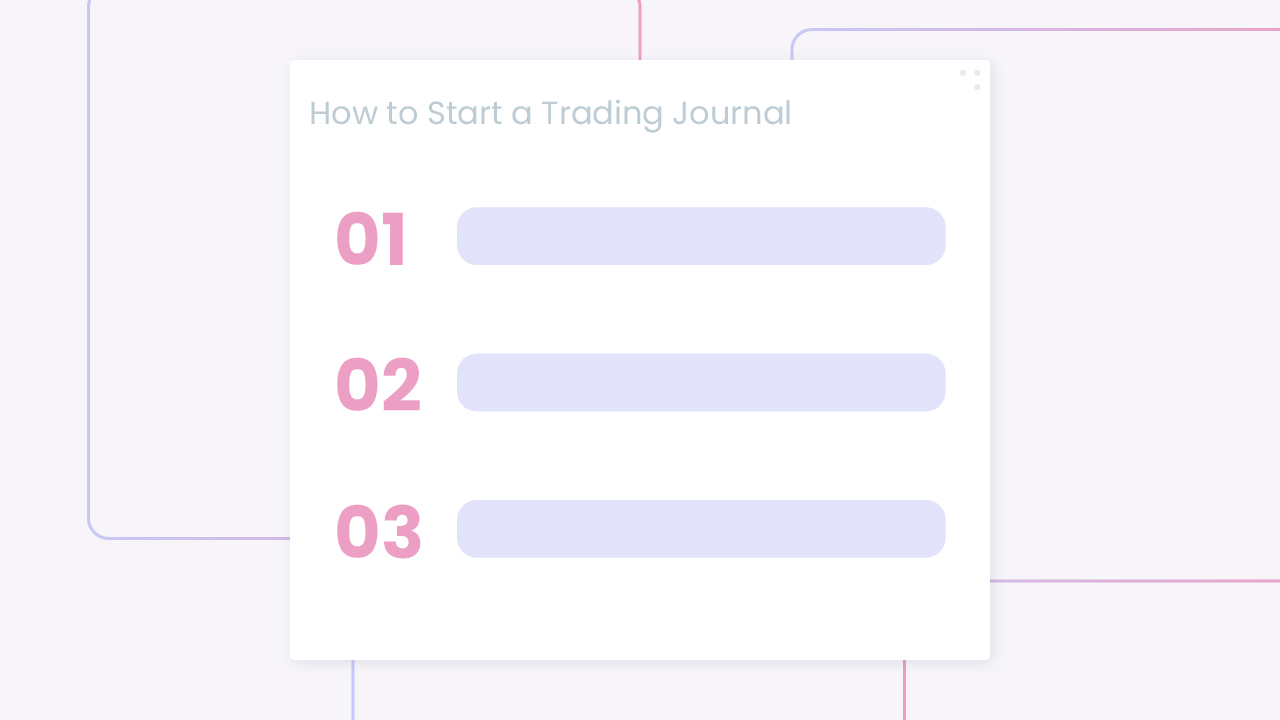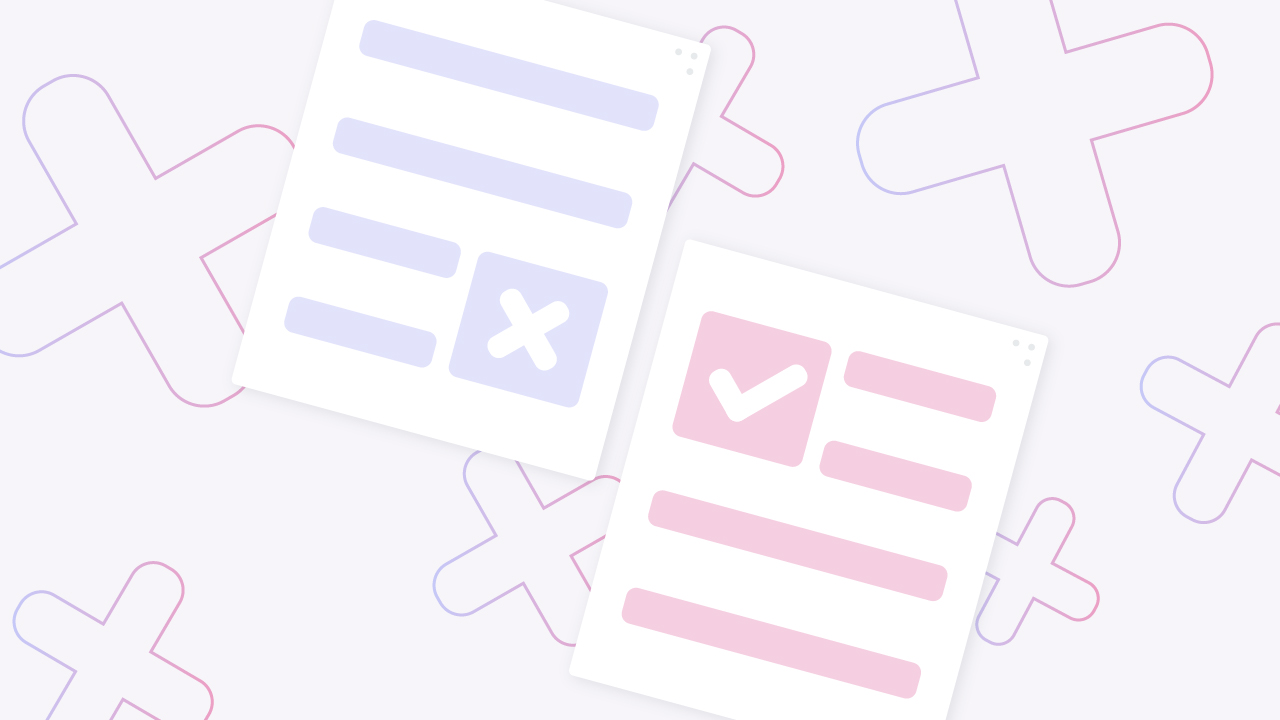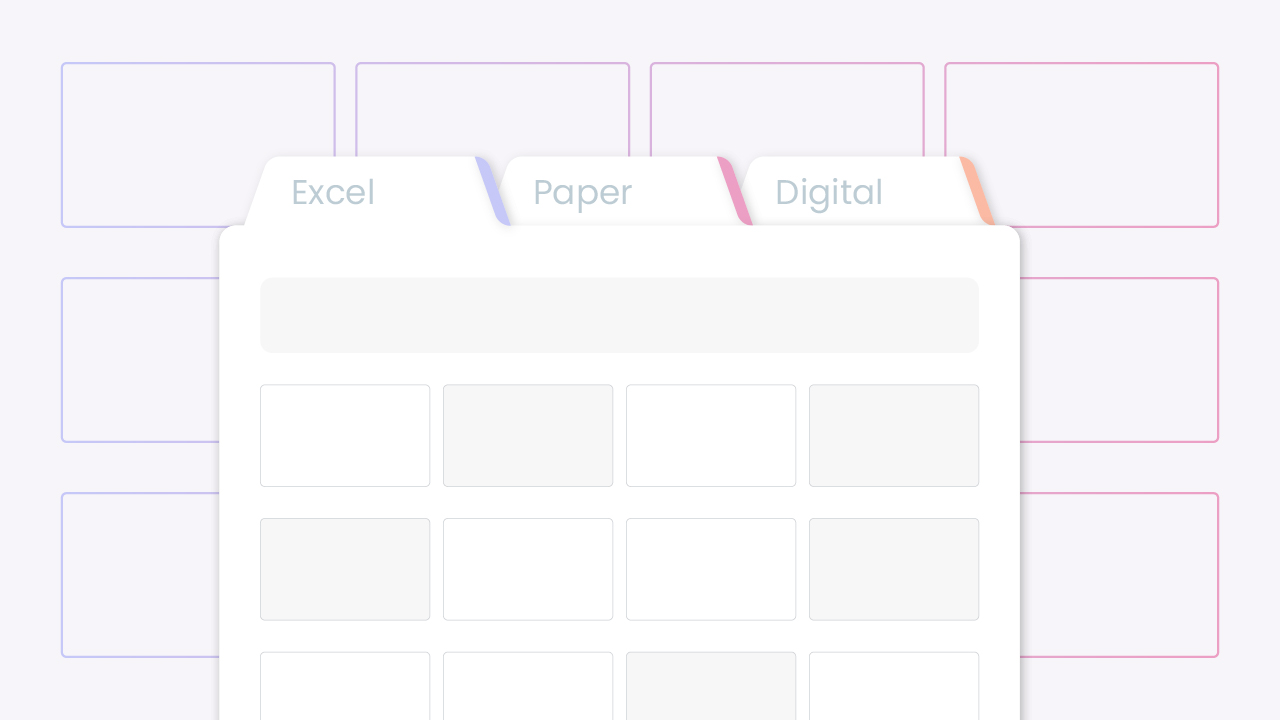Why Start a Trading Journal?
A trading journal helps you turn each trade into a learning experience.
Whether you’re trying to improve consistency, manage risk, or understand your psychology, journaling puts structure around your decision-making and helps you track performance in a way no broker platform can.
Step 1: Choose Your Format
Pick a journaling method that fits your style and technical comfort level.
Excel or Google Sheets: Great for full control and customisation.
Notion or Evernote: Flexible, visual, and easy to combine notes and charts.
Dedicated Tools (e.g., TraderVue, Edgewonk): Include performance analytics, auto-imports, and tagging.
Pro Tip: Start simple. You can always upgrade your system later.
Step 2: Define What You’ll Track
Here’s a solid list of core fields to include in your journal:
| Field | Why It Matters |
| Date/Time | Contextualizes each trade |
| Instrument | What you traded |
| Entry/Exit Price | Foundation of performance review |
| Strategy/Setup | Identifies what idea you were trading |
| Position Size | Important for risk management tracking |
| Outcome (P/L) | Measures trade success in pips or percent |
| Emotions Felt | Captures fear, greed, hesitation, etc. |
| Screenshot | Optional – useful for reviewing chart setups later |
| Lessons Learned | Drives improvement and behavioral awareness |
Step 3: Build or Download Your Template
You can create your own layout or grab a ready-made one to get started:
Excel Template: [Include downloadable link]
Notion Template: [Include downloadable link or embed Notion template]
Google Sheets Template: Easy to use and share with a coach or mentor
Make sure your template includes room for both technical AND emotional notes.
Step 4: Create Your First Entry
Here’s what a sample entry might look like:
| Field | Example |
| Date | June 25, 2025 |
| Pair | GBP/USD |
| Direction | Short |
| Entry/Exit | 1.2710 → 1.2645 |
| Strategy | Reversal at key resistance |
| Position Size | 1.5 lots |
| P/L | 65 pips |
| Emotions | Confident; entered after clean confirmation |
| Lesson Learned | Waiting for clear rejection paid off |
Step 5: Build a Review Routine
A journal is only powerful if you reflect on it regularly. Set aside time at the end of each week to:
Review biggest wins and losses
Look for patterns in setups, timeframes, or emotions
Adjust your trading plan based on real feedback
Visual Asset Idea: Weekly review dashboard (summary of wins/losses by setup or emotion).
Bonus: Journal Prompts to Improve Awareness
“Did I follow my trading plan today?”
“What was I feeling when I entered this trade?”
“Would I take this trade again?”
“What can I improve tomorrow?”
Final Thoughts
Starting a trading journal is one of the most impactful habits you can develop as a trader.
It doesn’t have to be fancy—what matters is consistency. The goal is to create a feedback loop that helps you make better, more informed decisions over time.



